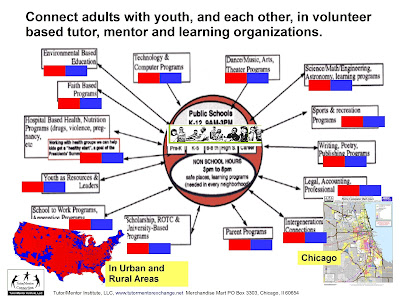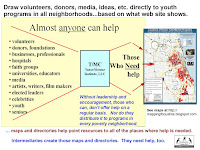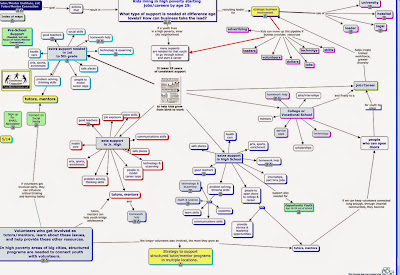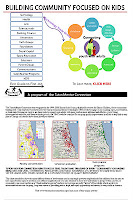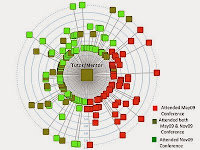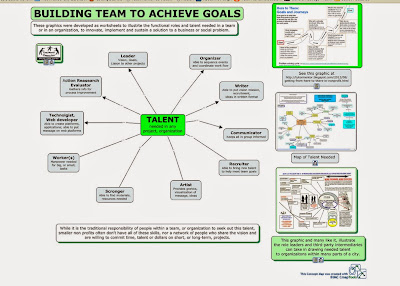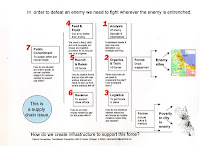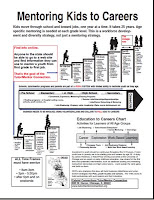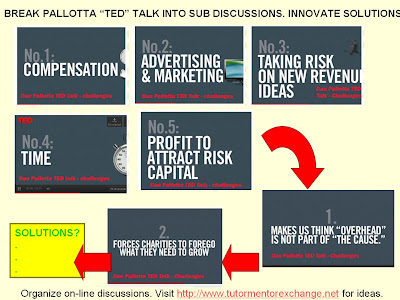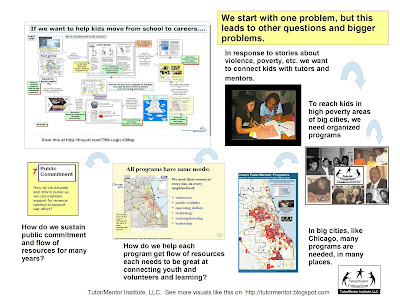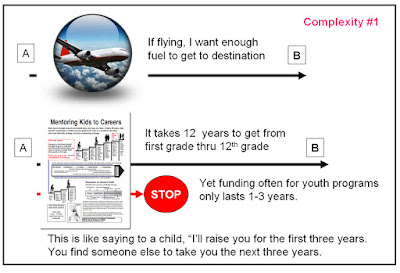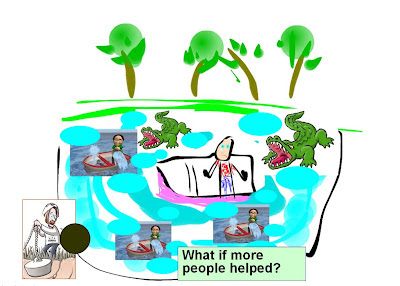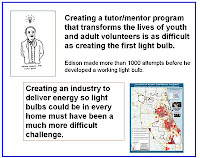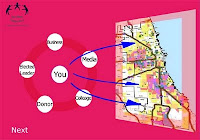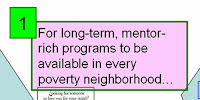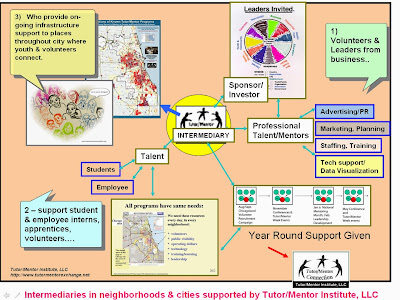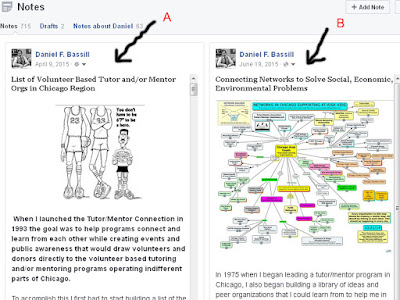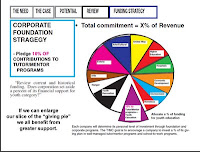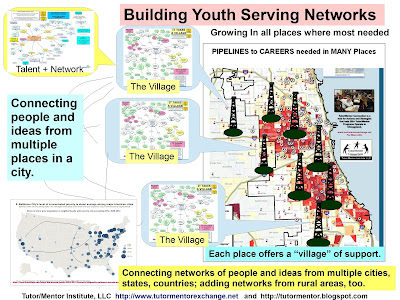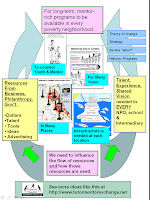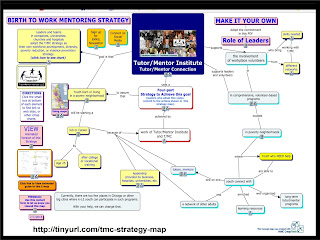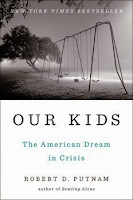Thanks for making this conversation open to all.
I'm not a classroom educator, yet I've worked for more than 40 years to help disadvantaged kids get the adult support and learning opportunities needed for each to move safely and successfully through school and into adult lives.
I read the entire article, and all the comments, before coming back to the top to insert some comments.
First, the election was 2 years ago. As I write this many are holding our collective breath in anticipation of the Nov. 2018 mid term elections, with hopes of putting control of Congress, and this President, back in the hands of responsible elected leaders. What happens if that does not happen? What happens if it does? Nov. 6 is just a landmark on a long journey.
Second, I've attached a graphic that I put in a blog article that I wrote in Nov. 2016, right after the election. In that article I included a 1992 Chicago news story about the murder of a 7-year-old boy as he walked to school. Thus, for many kids, trauma has been a daily part of their lives for decades, not just since 2016.
Third, I used a map in this and many of my blog articles. We need to be thinking of the different needs of kids in different parts of the same city, and the same country, and the world. We need to be thinking of "who" is in the conversation, and who still needs to be drawn in.
POTUS45 ( I refuse to use his name) has dramatically, and rightly, raised the fear level of many, but the need for educators and others to find ways to address the social-emotional and human needs of kids living in poverty, or on the fringes of society, have been with us for a long time.
I hope you'll read the article. 